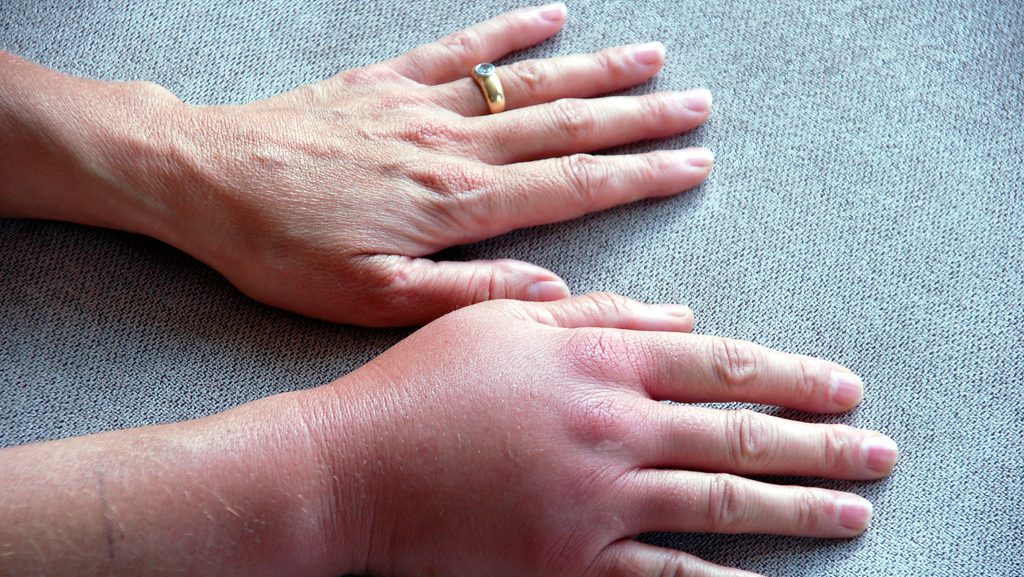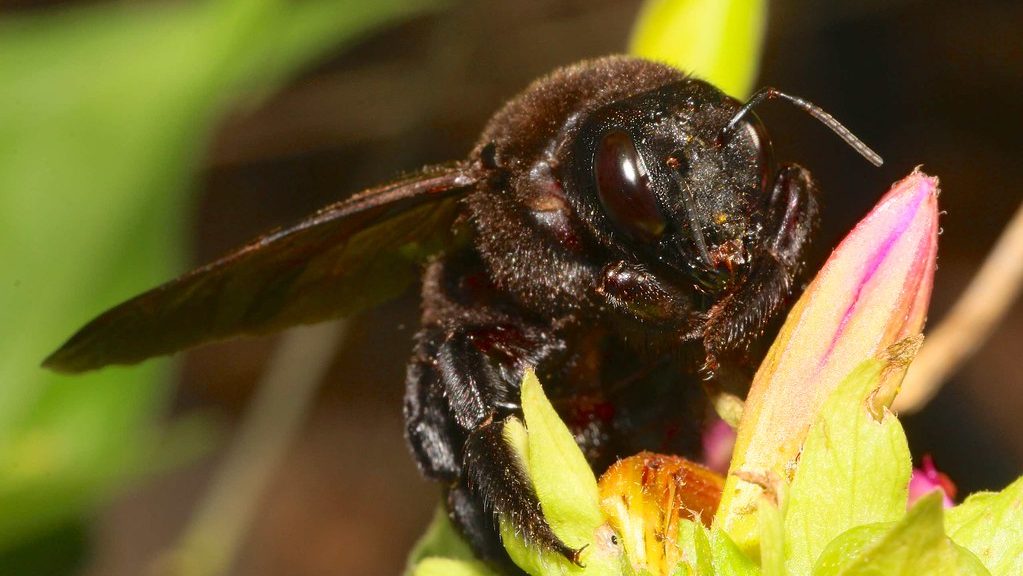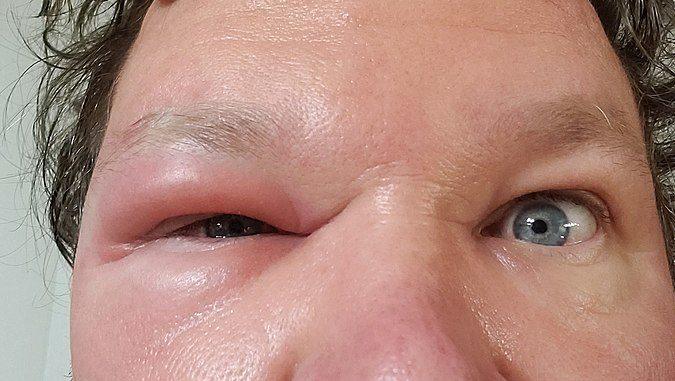What Should You Do If You Get Stung by a Carpenter Bee?
Carpenter bees are solitary insects that are typically non-aggressive, but in rare cases, they may sting if provoked. Understanding how to treat a carpenter bee sting and recognizing its symptoms can help you respond effectively and minimize discomfort. If you want to know what to do if you get stung by a carpenter bee, we have provided detailed guidance to help you manage this situation safely. Act quickly to reduce discomfort and prevent complications.
Steps to Treat a Carpenter Bee Sting
-
Wash the Sting Area: Use soap and water to clean the affected skin and reduce the risk of infection.
-
Apply a Cold Compress: Place an ice pack wrapped in a cloth on the sting site for 10-15 minutes to alleviate pain and swelling.
-
Use Topical Remedies: Apply over-the-counter antihistamine creams or calamine lotion to soothe itching and irritation.
-
Take Pain Relievers: Non-prescription pain relievers like ibuprofen can help manage discomfort.
-
Reduce Itching: Apply calamine lotion or hydrocortisone cream to the area to relieve itching.
Common Symptoms of Carpenter Bee Sting
Carpenter bee stings often appear as small, red welts at the site of the sting.Common Symptoms of a Carpenter Bee Sting
-
Sharp Pain or Burning Sensation: Occurs immediately after the sting.
-
Redness and Swelling: Appears around the affected area shortly after being stung.
-
Itching or Mild Tenderness: May develop as the area begins to heal.


Not getting a solution?
Get your free pest control estimate today!What Happens if a Carpenter Bee Stings You and Causes an Allergic Reaction?
While most people experience mild reactions, some may develop severe allergic symptoms. Signs to watch for include:
Difficulty Breathing or Swallowing
Indicates a severe allergic reaction and requires immediate medical attention.
Swelling of the Face, Lips, or Tongue
Facial swelling is a critical symptom that suggests an allergic response to the sting.
Nausea, Dizziness, or Fainting
These symptoms may indicate anaphylaxis, a life-threatening allergic reaction.Preventing Carpenter Bee Stings
-
Seal holes and cracks.
-
Use non-wood alternatives.
-
Apply citrus or essential oil sprays.
-
Paint or varnish exposed wood.
-
Install bee deterrents.
Myths and Facts
Here are a few myths and facts about carpenter bees:| Myth | Fact |
|---|---|
| Carpenter bees are aggressive and sting frequently. | Carpenter bees are non-aggressive and sting only when provoked. |
| Male carpenter bees can sting. | Male carpenter bees do not have stingers and cannot sting. |
| All bee stings are equally painful. | Carpenter bee stings are milder compared to honeybee or wasp stings. |
| Carpenter bees lose their stinger after stinging. | Carpenter bees retain their stinger and can sting multiple times. |
| You always need medical attention for a carpenter bee sting. | Most carpenter bee stings can be treated at home with simple first aid. |





